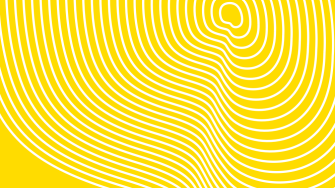Congratulations to Edward Whitelock and Vienna Wong for their high-quality presentations
On the 17th of November 2021, nine hand-picked students from universities across NSW presented their final year projects in front of an expert panel.
On the 17th of November 2021, nine hand-picked students from universities across NSW presented their final year projects in front of an expert panel.

Two of our materials science students, both supervised by Dr Pramod Koshy, were awarded 2nd and 4th place for their high-quality presentations.
Edward Whitelock was awarded 2nd place for his presentation on ‘Designing a Wasteform from Cs Loaded IONSIV Material’. The project investigated the prevention of leakage of Cs-137, a radioactive isotope, into the ecosystem. A wasteform that incorporates sulphur-based species tends to form CsSO4 when heated; this is water-soluble and allows Cs-137 to escape the wasteform when in contact with groundwater. However, results showed that a wasteform designed from Cs-loaded IONSIV targeting the formation of desirable phases like celsian (CsAl2Si2O8), Nb doped rutile, ZrTiO4 all within a Na silicate glass matrix would be expected to successfully capture Cs in a stable form that is resistant to leaching.
Vienna Wong was awarded 4th place for her presentation on "Fabrication of highly defective mesoporous 2D-3D photocatalytic nanostructures for environmental remediation applications" (e.g. air and water purification). The two major issues limiting photoactivity and the widespread use of photocatalysts are their large UV limited band gaps and high charge carrier recombination rates. Unique 2D-3D nanostructures (undoped and doped) were fabricated and catalytic tests were performed to assess the effectiveness of doping. Dopant addition was seen to alter the structural and microstructural features leading to reduced band gap, increased charge carrier separation (reduced recombination rates), reduced crystallite sizes, and shorter carrier diffusion distances, all of which improved the degradation performance.